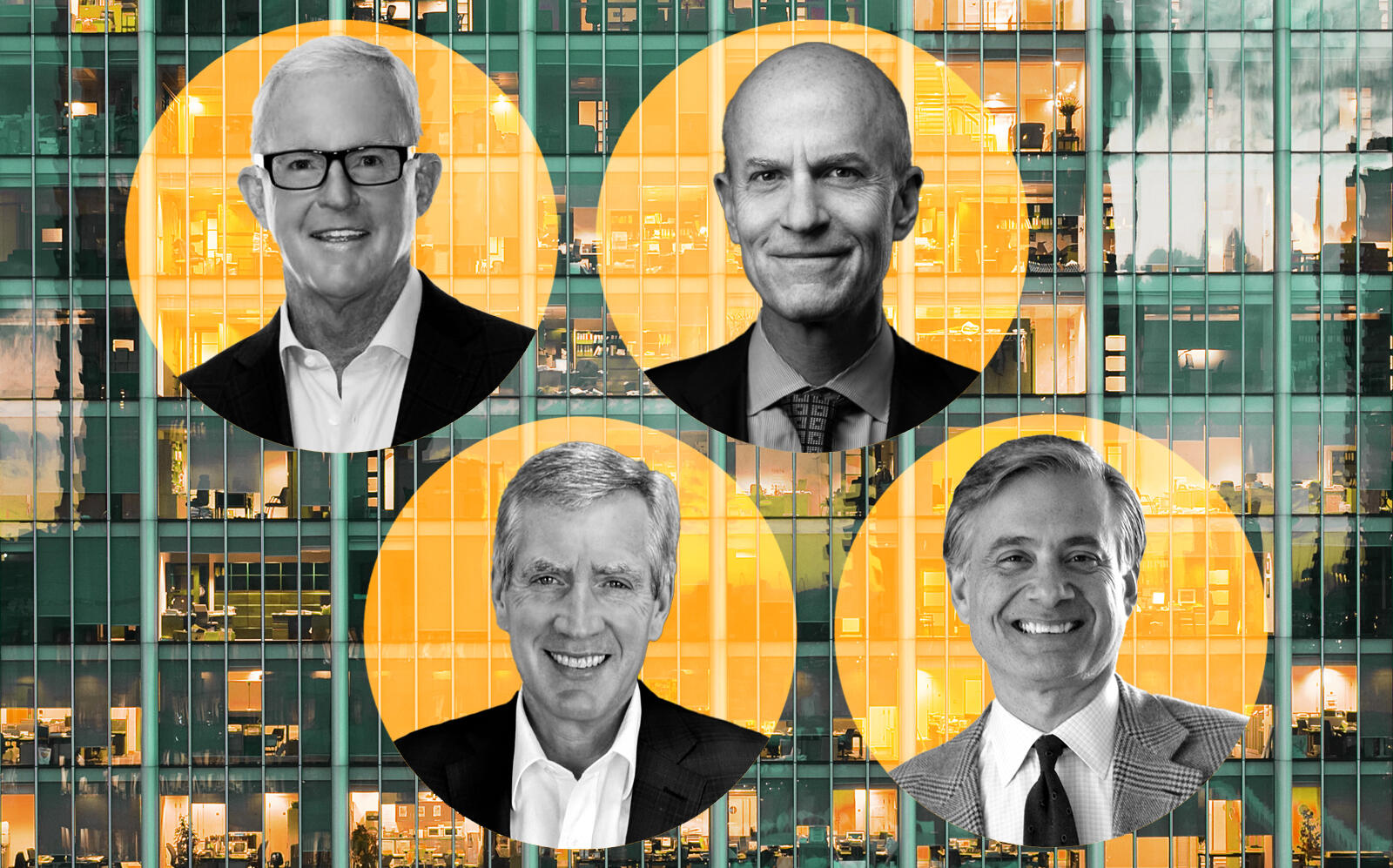The drumbeat of investment firm CEOs and brokers calling for a return to the office is getting louder.
Speaking at a forum focusing on the West Coast CRE market, heads of Kilroy Realty, Brookfield Properties, Boston Properties and others sounded a similar theme.
“As real estate executives, we gotta get people back to the office,” Kilroy CEO John Kilroy said at “View from the Top,” a virtual conference held by law firm Allen Matkins. He acknowledged landlords will have to be flexible, given that “work from home will be with us to varying degrees.”
Kilroy said just 12 to 40 percent of workers have returned to the firm’s office properties; some markets like San Diego are doing better than others like San Francisco. Kilroy Realty’s holdings stretch across the West Coast, and recently it paid $580 million for the Indeed Tower in Austin.
In California, rising homelessness has prevented more workers from returning, according to the CEO Kilroy and TMG Partners head Michael Covarrubias. The pair didn’t provide evidence to support that contention, but did blame local governments and officials statewide for the growing problem. Homelessness became a major topic of debate during the gubernatorial recall campaign.
“We have to be more concerned about the homeless situation that has created a nightmare for small and big businesses alike,” Kilroy said. “We have district attorneys in California that aren’t enforcing the laws, but we have to be law-abiding. We have to get them off the street in a compassionate way and let kids walk to school.”
Gov. Gavin Newsom has proposed spending $12 billion over the next two years to address homelessness, which has risen during the pandemic in San Francisco and Los Angeles.
Covarrubias, whose firm is focused on infill projects in the San Francisco Bay Area, said transit systems needed to be safer for commutes. Once people feel safer, they will start returning to work, he contended.
“Nobody is worried about their office building, nobody,” he said, providing no evidence to back that assertion. “They’re worried about getting to work.”
In fact, the explosion of Covid cases driven by the highly contagious Delta variant has forced a growing number of firms to reconsider their return-to-work plans.
Despite those health risks, Boston Properties CEO Owen Thomas predicted remote workers will soon be experiencing FOMO.
“I haven’t spoken to one person who doesn’t think in-person work is necessary for their future success. More and more people will want to go back, they’ll feel like they’re missing out.” It’s a note he has sounded in recent earnings calls.
Thomas did concede that employers are pivoting to hybrid models of work.
Read more


More money to lend
Some aspects of the office market have improved. Around 18 months into the pandemic, the U.S. is seeing a resurgence of capital getting pumped into the real estate sector, said Eastdil Secured President Michael Van Konynenburg.
“There is enormous liquidity in the system,” Van Konynenburg said. The question, he added, is “where do you put it to get risk-adjusted returns.” Lenders are looking to lend, he said, across different commercial real estate sectors.
The pandemic hasn’t led to the kind of delinquent loans that were seen during the global financial crisis a decade ago: Around $6 billion of delinquent loans tied to the office market were reported in July compared to $17.5 billion in July 2010.
Looking ahead, Van Konynenburg said low interest rates will continue to push investors to take more risk.
However, “it feels like tax increases will happen for sure,” he added.
Quickest to recover
In L.A., whose office market has been battered except for production and studio space, companies are likely to shed square footage in Century City and Downtown over the next two years, said CBRE’s Jeff Welch.
Markets focused on specific sectors, like life sciences in San Diego or studio space in L.A.’s Burbank area are improving, brokers said.
“It’s the home of content creation,” said Newmark’s Kevin Shannon. The entertainment industry in L.A. has boomed during the pandemic, with firms like Blackstone Group, East End Capital and Bain Capital investing in or building soundstages.
Pricing in Burbank is 10 percent higher for office space than it was before the pandemic, Shannon said.
